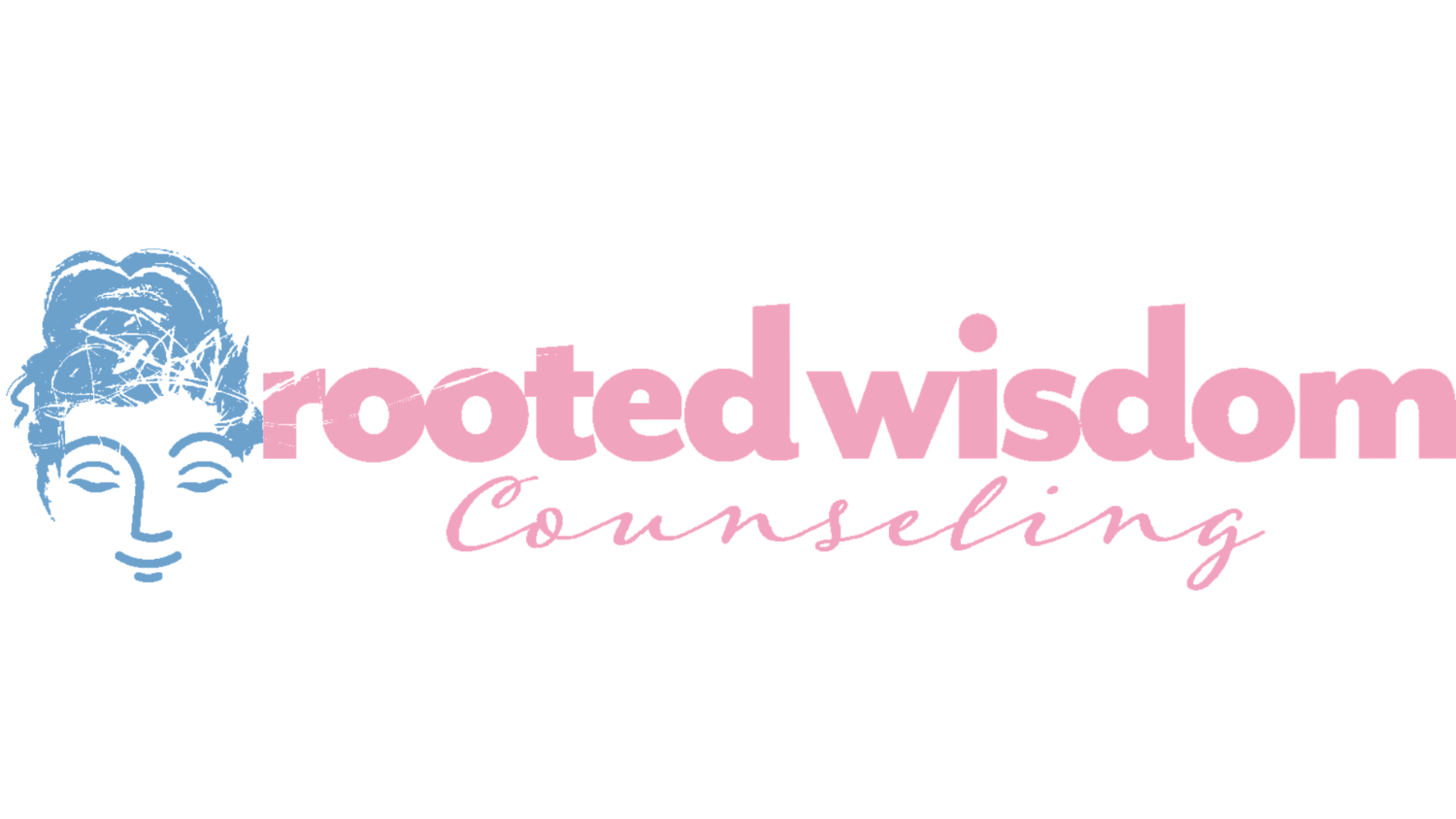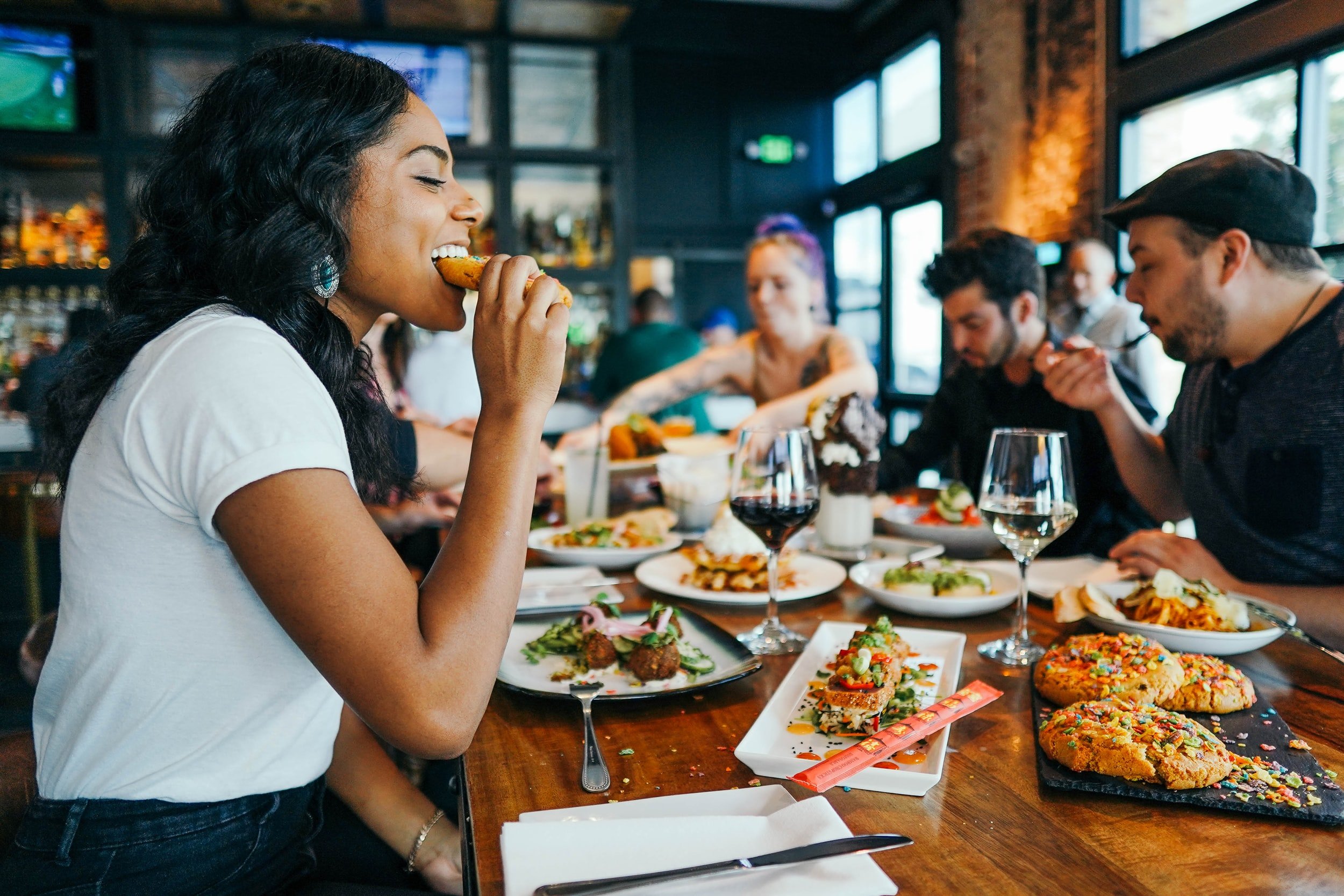Quick Tips To Increase Joy and Decrease Guilt With Food
We have been trained by diet culture and other systems of power to connect guilt and shame to our food intake. Think about the first time you started feeling guilt and/or shame about what you were eating. Maybe you were a child, teen or young adult. When did joy, connection, love and positive feelings get sucked out of your relationship with food? Many adults with whom I have worked over the years describe childhood memories where someone pointed out their eating with judgment and shame. Maybe there were different expectations for boys than girls around eating, maybe you were told to finish your plate because there are people starving, maybe foods were placed in binary categories like good, bad, clean, dirty, unhealthy and healthy, or maybe your parent voiced their own guilt and shame about their eating in front of you. Whatever the case, guilt and shame have become normalized emotions with food on all levels. Guilt and shame surrounding food are reinforced by television, diet culture, social media, schools, the health industry, friends and family. If you feel ready to bring back joy, love, satisfaction and connection with food, read further.
Tools to reduce guilt with eating:
Know that unlearning all the toxic messages you have received regarding food will take time. These are just a handful of tools that can help you challenge your internalized guilt and shame.
Practice food neutrality:
Being more objective is one way to help bring back a more intuitive and relaxed relationship with food. Challenge your dichotomous thinking connected to nutrition. Instead of describing food as good, bad, clean, dirty, healthy or unhealthy, use food groups like protein, fat, grains, etc.
Challenge food rules:
Many people have grown up with food rules. These can be like saving dessert until the very end of the meal, cutting out certain food groups, finishing your plate, not eating processed foods (most if not all foods are processed on some level btw) or having a “cheat day” but having to follow whatever the diet rule is leading up to that day.
Reframe your food judgements:
Similar to the fist one, challenge your judgmental language. Be curious about how you and others around you describe food. See if you can challenge words like “junk,” “gross,” or “healthy.” Try to replace them with words that describe more about the colors, textures or flavors of the foods instead. These words could be “colorful,” “soft,” “savory,” “salty,” “crunchy,” etc.
Increase your awareness:
Question the messages being sent about foods at restaurants, in advertisements, on social media, in magazines and on the radio. Notice the language used and see how it impacts you.
Start a gratitude practice with your food:
Think about all the steps that went into you having access to the food you are consuming. Consider pausing before, during or after the meal to say thanks for the process it took to get the food on your plate. If you are eating with someone, consider how the meal brought you together at that moment.
Start an intuitive eating journey:
Slow down and be present with your meal. Notice the colors, textures, smells and tastes. Pay attention to your fullness, hunger, emotions, thoughts, and sensations as you take in your food.
Dig deep:
Process your guilt and shame with a trained therapist or anti-diet registered dietitian. There are experts in the dietetic and mental health community who can help you in your healing process.
If you are in need of therapy and wanting to work towards change, please reach out to Megan Tarmann, LMFT for in person and online therapy support.




